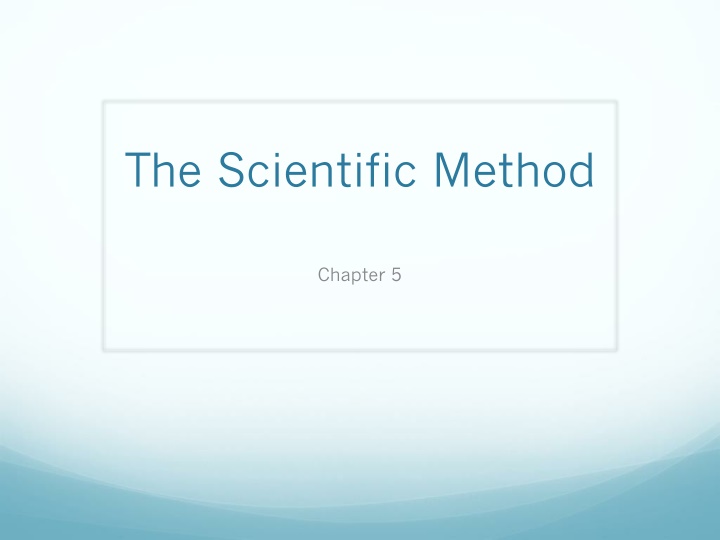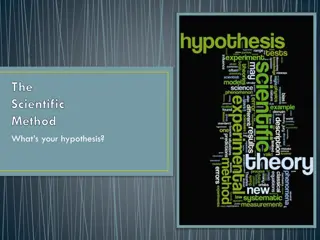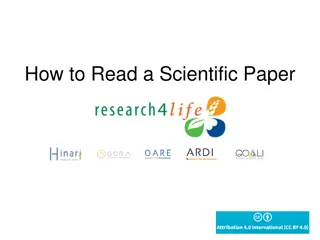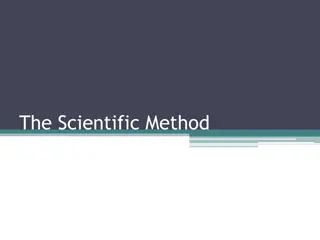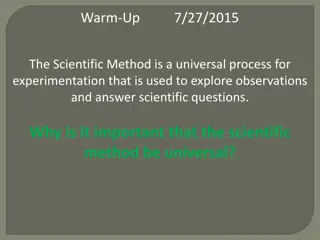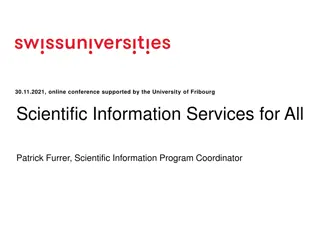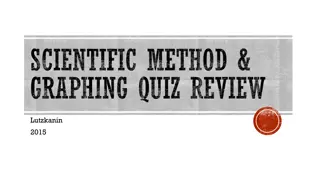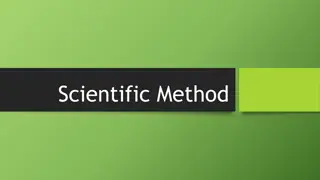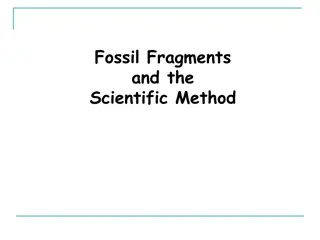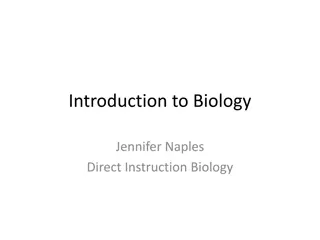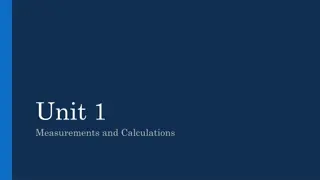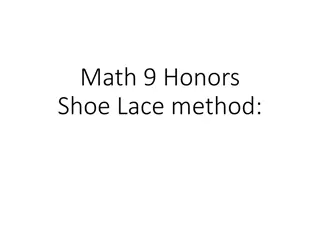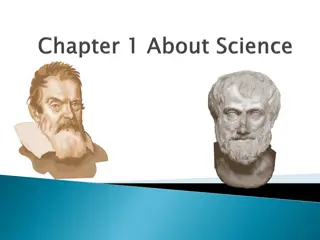Introduction to the Scientific Method
This information delves into the scientific method, forming hypotheses, reasoning skills, experimentation, controlling variables, and analyzing data. It covers the steps involved in scientific research and the significance of deductive and inductive reasoning in hypothesis formation and experimentation.
Download Presentation

Please find below an Image/Link to download the presentation.
The content on the website is provided AS IS for your information and personal use only. It may not be sold, licensed, or shared on other websites without obtaining consent from the author.If you encounter any issues during the download, it is possible that the publisher has removed the file from their server.
You are allowed to download the files provided on this website for personal or commercial use, subject to the condition that they are used lawfully. All files are the property of their respective owners.
The content on the website is provided AS IS for your information and personal use only. It may not be sold, licensed, or shared on other websites without obtaining consent from the author.
E N D
Presentation Transcript
The Scientific Method Chapter 5
The Scientific Method Objectives Vocabulary Explain the role of reasoning skills in forming a hypothesis. Data Deductive reasoning Identify variables in a food science experiment and explain how they may affect the results. Dependent variable Experiment Hypothesis Demonstrate completing a data table and report form for a food science experiment. Independent variable Inductive reasoning Distinguish between a hypothesis and a scientific theory. Theory variable Suggest guidelines for doing a food science research project.
Forming a Hypothesis Hypotheses-testable predictions (an educated guess) Steps: By stating and writing your hypothesis gives you a goal. Ask yourself, what am I trying to prove? What questions do I want to answer? Experiment Analyze data Report results Develop and Revise theory Conduct Research
Reasoning Skills Inductive reasoning drawing a general conclusion from specific facts of experiences. Example-After driving in the snow you can use inductive reasoning to conclude that the roads are slippery when snow covered. Deductive reasoning You reach a conclusion about a specific case based on known facts and general principles. Example-Liquid expands when frozen, therefore any liquid you put in the freezer will expand.
Experimentation Provides a way to test a hypothesis in order to verify or disprove it. Need to follow step by step instructions Record data to draw conclusions
Controlling Variables Variables - Factors that can change in an experiment. By controlling all variables except one you can get more reliable results. Example changing an ingredient in a recipe Independent variable a factor that you change, example the type of flour in the recipe Dependent variable a factor that changes as a result of the independent variable, example the taste, texture, cooking time
Analyzing Data Data information gathered during an experiment. Arranged in a clear and logical form. Charts Graphs Tables Explanations You will be using the following format.
Lab Report Form Number and Title of Experiment 5-1 Properties of Popping Corn Performed by: Group leader Class Block 1 Partners: The rest of the group members Date February 5, 2014 __________________________________________________________________________ Purpose State the hypothesis or the experiment or the problem to be solved. You should be able to learn this from reading the experiment. Procedure Read the experiment and write a brief summary. Describe the general routine of the experiment so that another student could read it and know roughly what you did. You don t need to copy the procedure word for word. Results Observations: Include brief, descriptive statements of what you see happen. These should be made throughout the experiment, to note every development, that you observe. Record your observations honestly, even if they don t agree with what the instructions say should occur. Careful observation makes it easier to complete your report. Data: Include the information you gather during the experiment, arranged efficiently in a table or chart. Each experiment will suggest a format for a sample data table . Label the columns of the table and the individual number values properly. Calculations: Provide the solutions to any mathematical questions asked in the instructions. Analyzing Results: Write the answers to the questions included at the end of each experiment. Conclusions Your conclusion is an interpretation of the results. It may also be the final figure of any calculations done during the experiment
